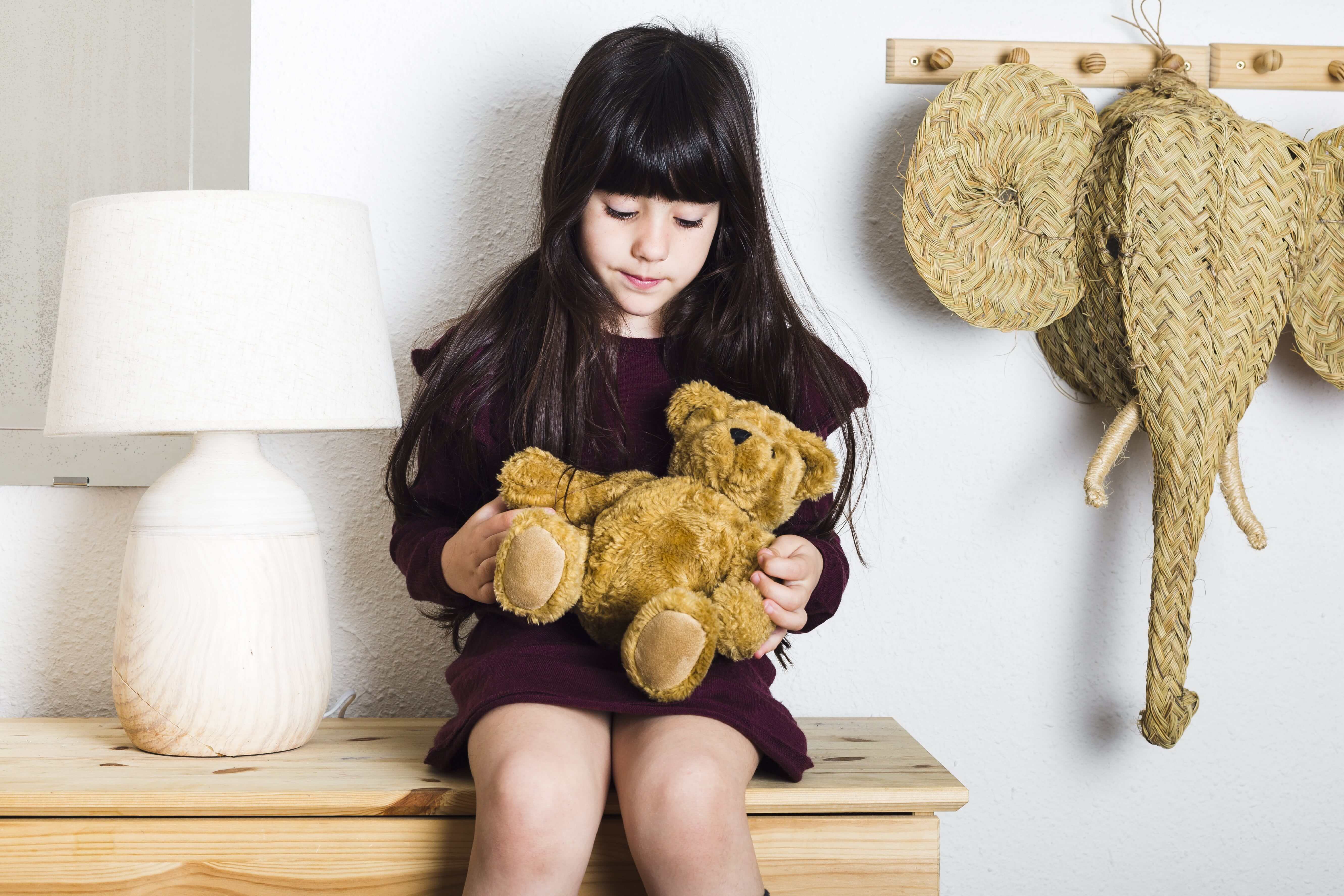It’s common for children to have a favorite plush toy, often carrying it everywhere and forming a strong attachment. While some parents may worry about this, there are both benefits and potential downsides. Let’s take a closer look at the pros and cons.
Pros of Children Being Attached to Plush Toys
1. Emotional Comfort
Plush toys provide a sense of security, especially during stressful or new situations. A child starting school or visiting a doctor might feel calmer holding their favorite toy. This comfort can help children develop emotional resilience and cope with anxiety more effectively.
2. Companionship and Social Development
Children often talk to their plush toys, which supports language development and imagination. This pretend play encourages social skills, empathy, and understanding of emotions.
3. Better Sleep
Having a plush toy at bedtime can help children establish a comforting sleep routine. The familiar presence of the toy can reduce fear of the dark and separation anxiety, helping children fall asleep faster and sleep more peacefully.
4. Learning Responsibility
Taking care of a plush toy—keeping it clean, safe, or including it in daily routines—can teach children early lessons in responsibility and nurturing skills.
Cons of Children Being Attached to Plush Toys
1. Over-Reliance
Children who are very attached to a plush toy may struggle to cope when it isn’t available. For example, leaving the toy at home could lead to distress at school, social events, or during travel. This may make it harder for children to develop independence in facing new situations.
2. Potential Hygiene Issues
Plush toys are often carried everywhere and can easily collect dust, dirt, and germs. If not washed regularly, this can contribute to allergies or illness, especially in young children with sensitive immune systems.
3. Difficulty Letting Go
Some children may become emotionally dependent on their toy and struggle to let it go as they grow older. This could limit their willingness to engage in other types of play, explore new experiences, or develop social connections outside the comfort of their toy.
4. Distraction from Other Activities
A strong attachment to a toy may sometimes distract children from learning, interacting with peers, or exploring new interests. For instance, a child might choose to play only with the toy rather than engaging in creative group activities or outdoor play.
So, what should parents do?
-
Allow comfort, but encourage independence: Let your child enjoy their plush toy, but gently help them cope when the toy isn’t around.
-
Keep toys clean: Wash plush toys regularly to prevent germs, dust, and allergens.
-
Teach responsibility: Involve your child in caring for their toy, which also helps develop nurturing and organizational skills.
-
Balance playtime: Encourage children to engage in other activities and social interactions alongside their toy.
-
Guide transitions gently: When it’s time to move on from the toy, help your child let go gradually rather than forcing it away.
Attachment to plush toys is a normal part of childhood that can bring comfort, foster imagination, and teach responsibility. By guiding children thoughtfully, parents can help them enjoy their cuddly companions while also building independence, resilience, and social skills.
















